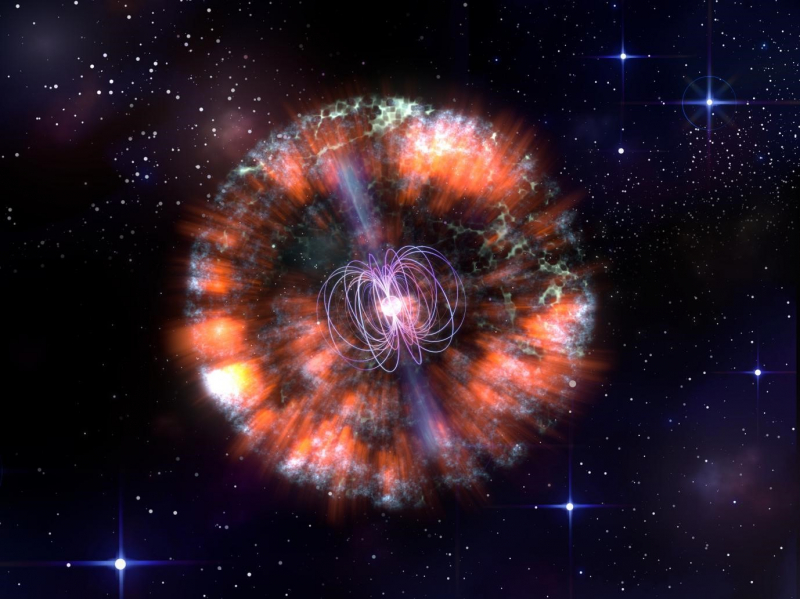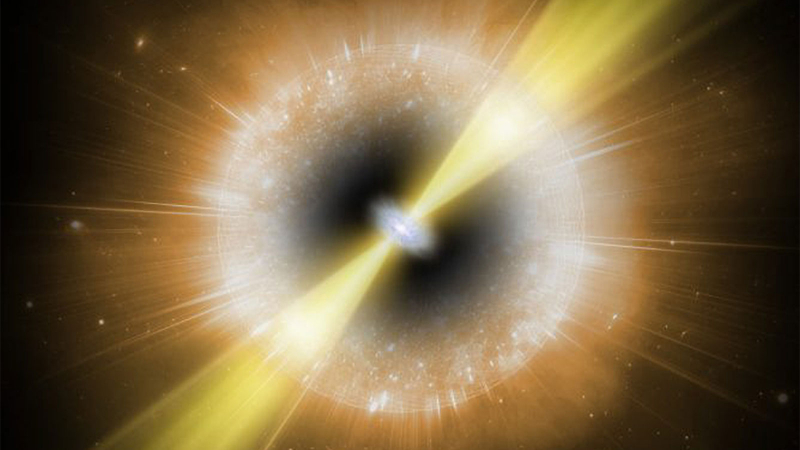Cosmic Cows
A cosmic cow is what? No, at least not yet, we haven't sent a helpless cow into orbit; instead, the name refers to a particularly luminous subtype of supernovae. Astronomers using two distinct telescopes, the Nuclear Spectroscopic Telescope Array and the Neil Gehrels Swift Observatory, worked together to find the first of these cow-like flashes of light in 2018. The recently found celestial explosion was given the name AT2018cow, which simply sort of stuck and has since come to refer to any supernovae that fit its particular description.
Cow-like supernovae are very short-lived, and AT2018cow was 100 times more luminous than a typical supernova, emitted brilliant ultraviolet and blue light, and was 100 times more luminous than a supernova. Additionally, these recently found explosions account for only 0.1 percent of all cosmic explosions that have been seen in the night sky.
And in the beginning of this year, data from the Spektrum-Roetgen-Gamma (SRG) satellite telescope revealed another cow-like event. As opposed to the original cosmic bovine, this one is 200 times brighter. Yuhan Yao, an astronomer at Caltech, believes that these occurrences are very certainly the result of a collapsing star producing a black hole or neutron star with a strong magnetic field.












